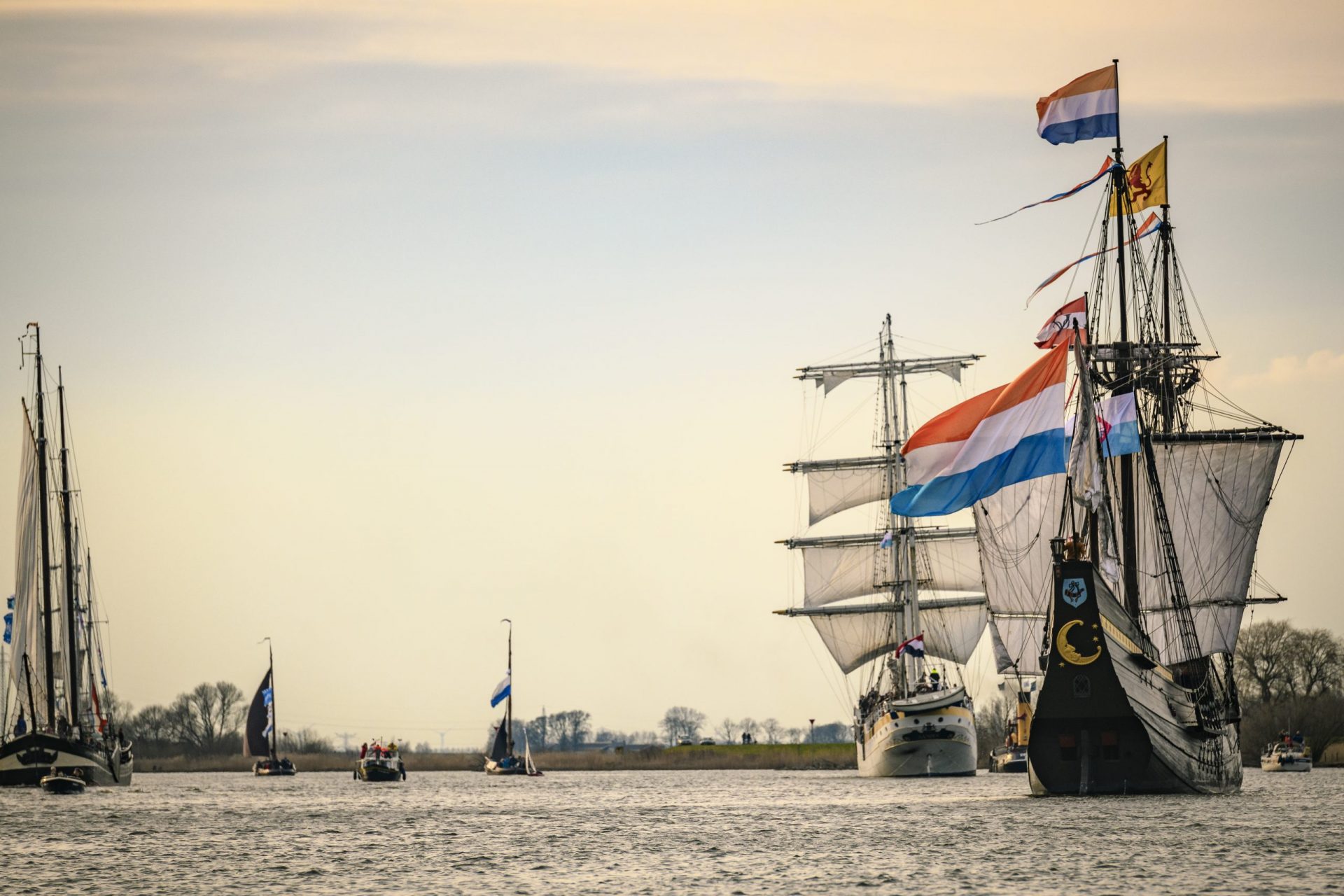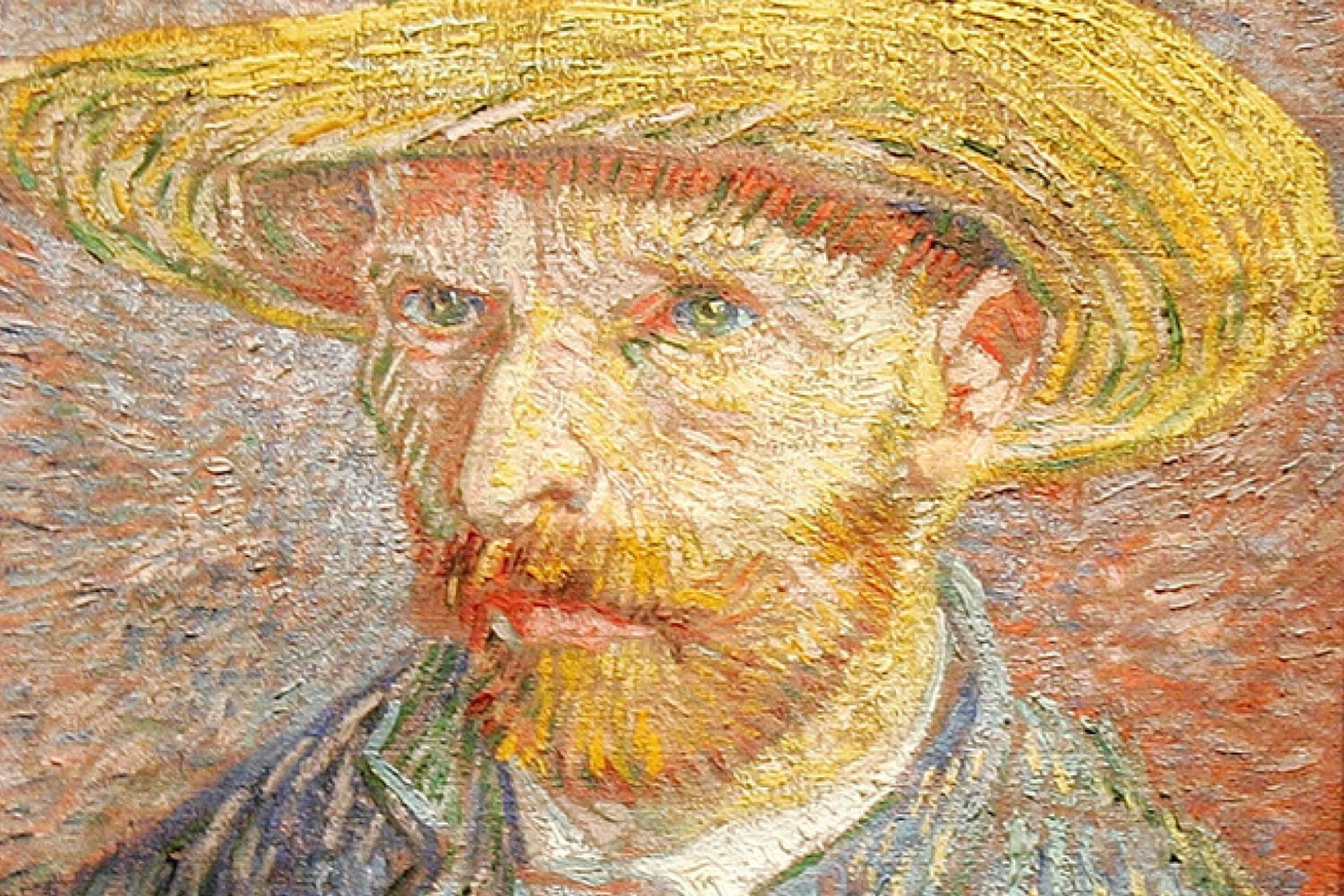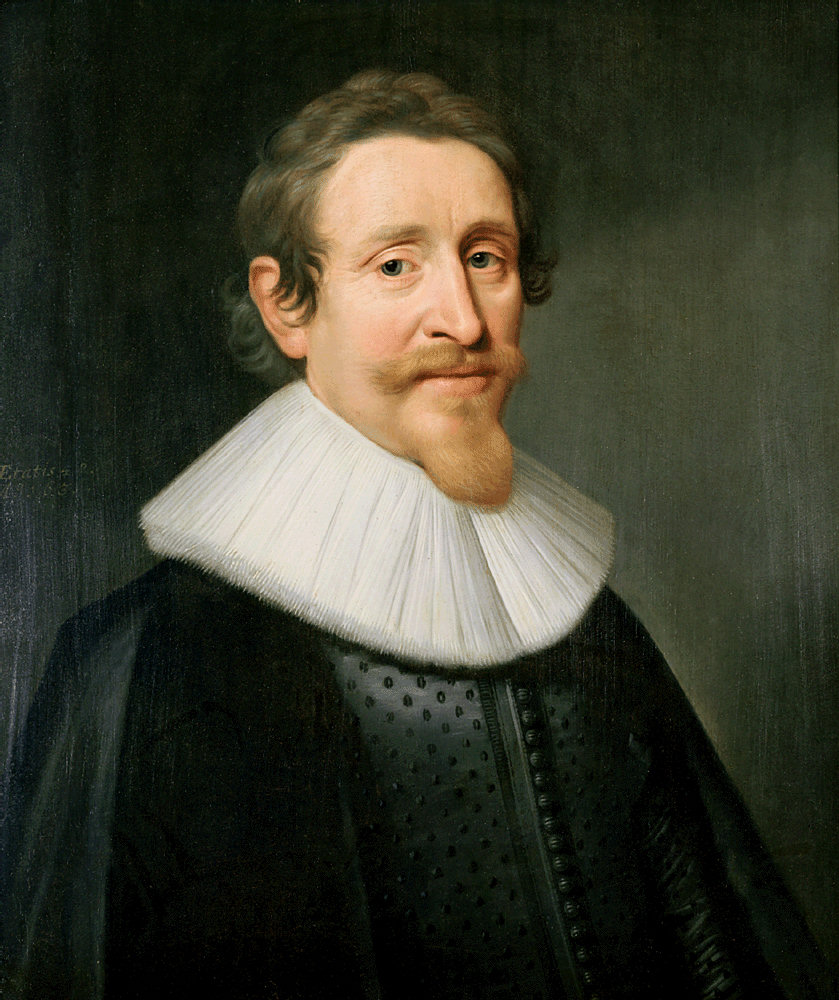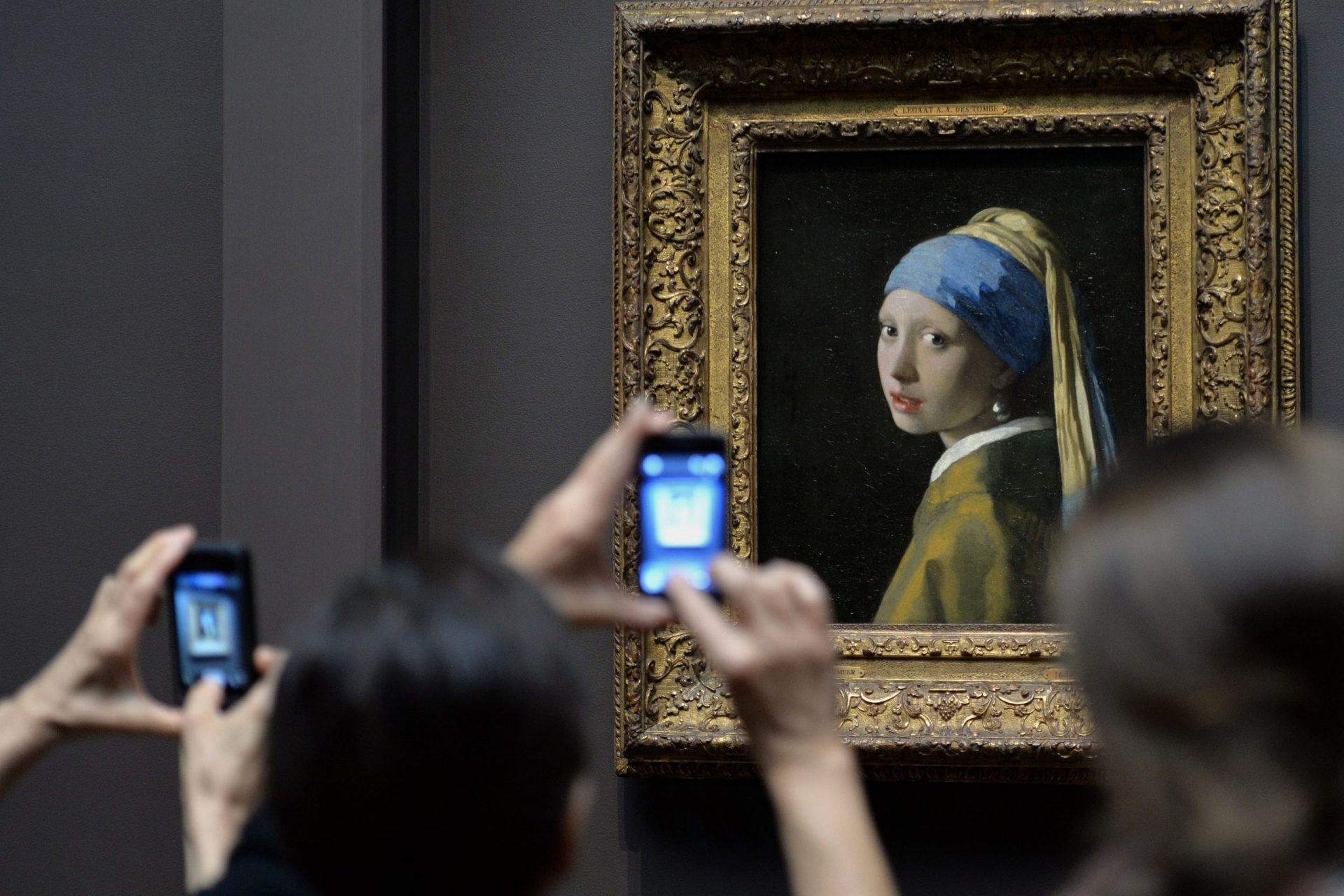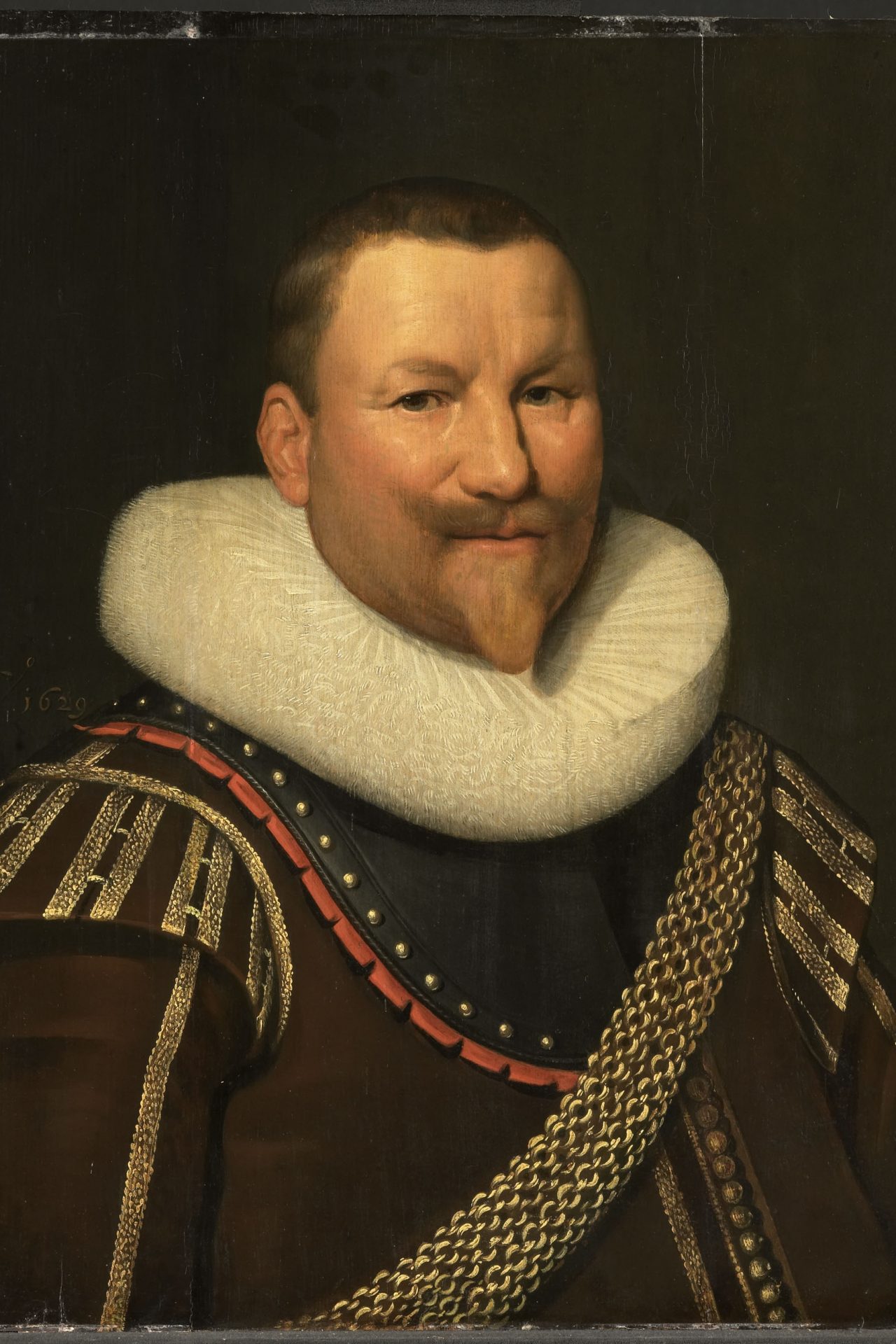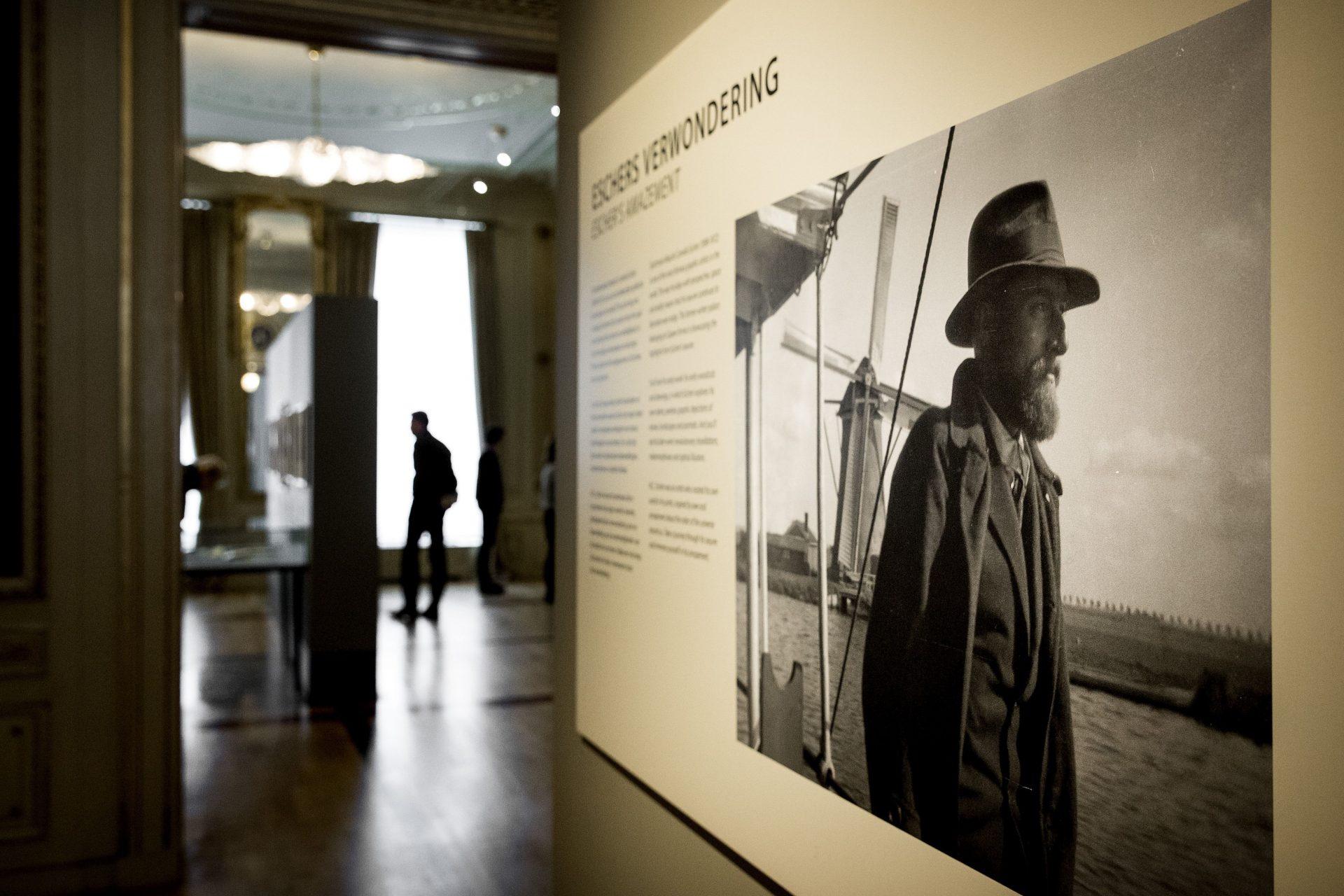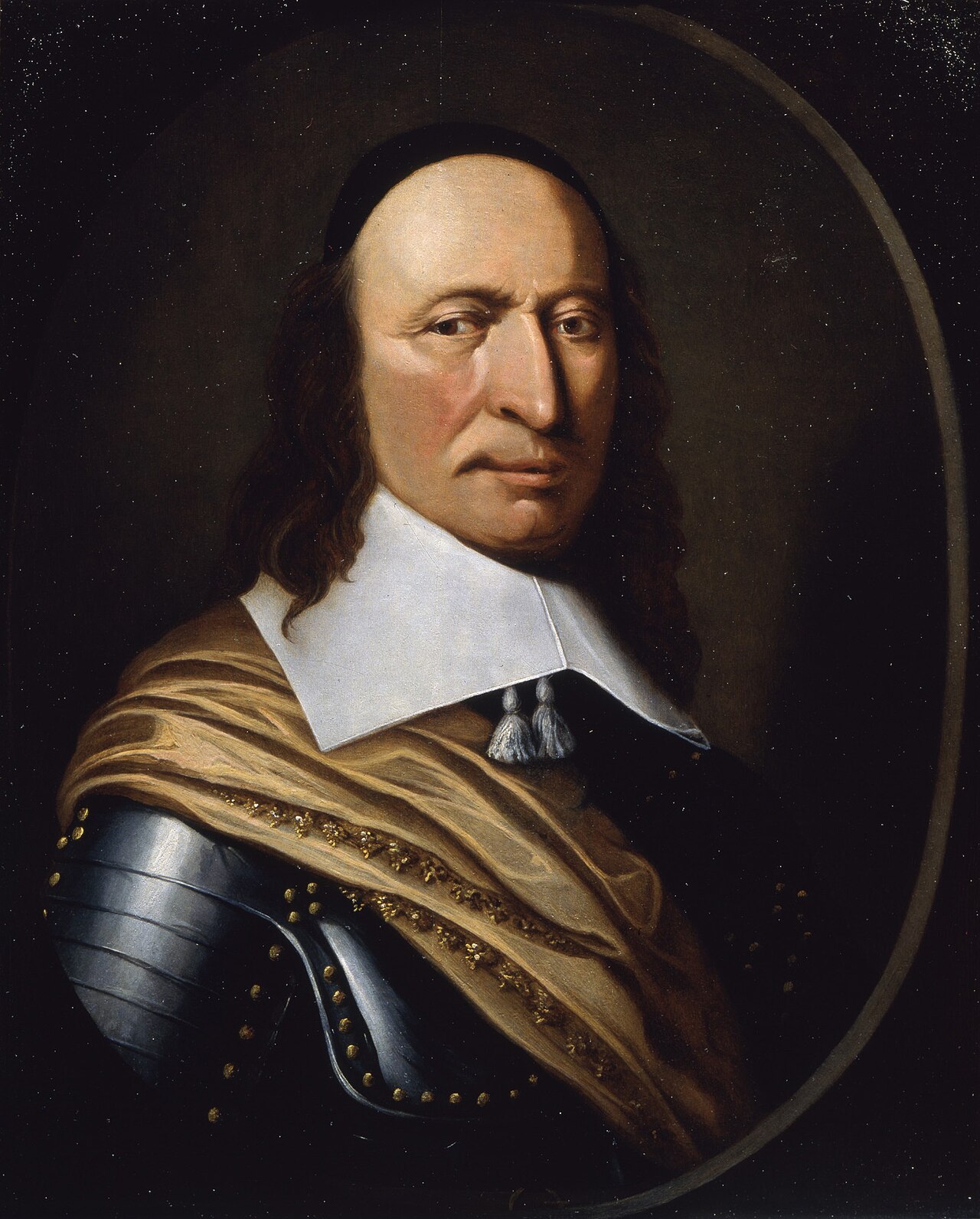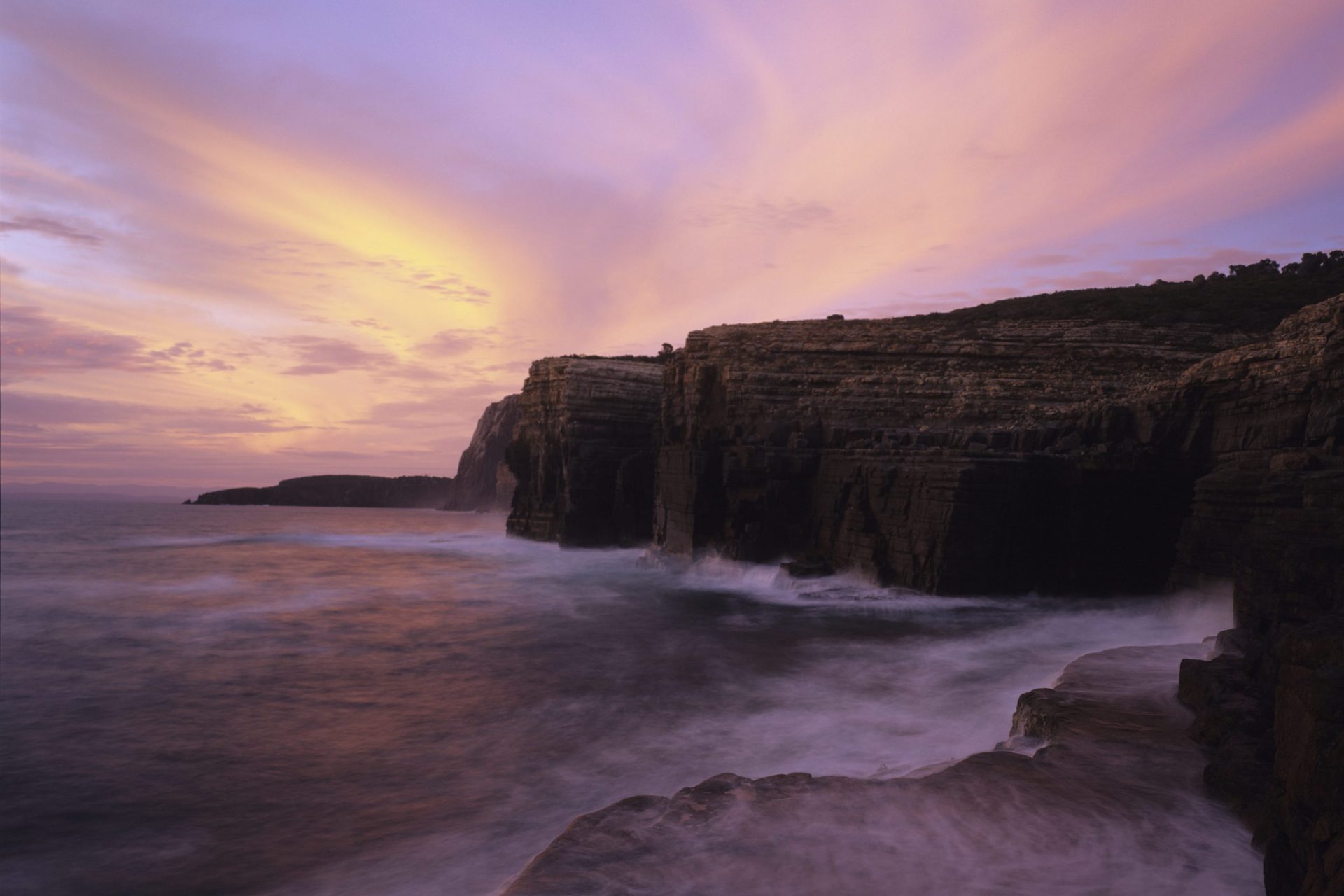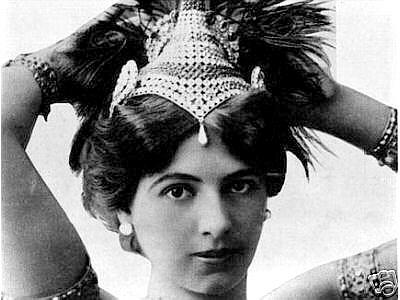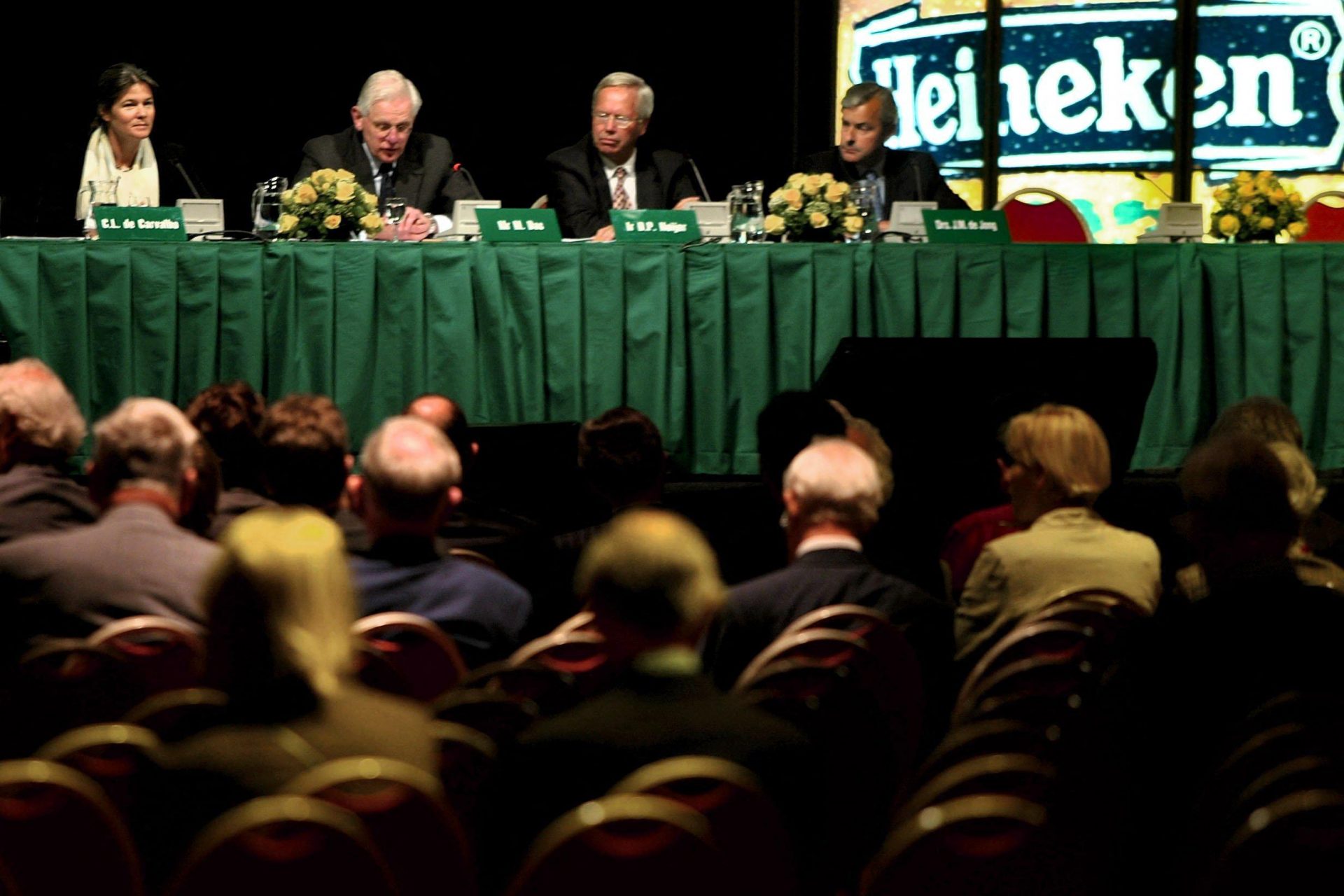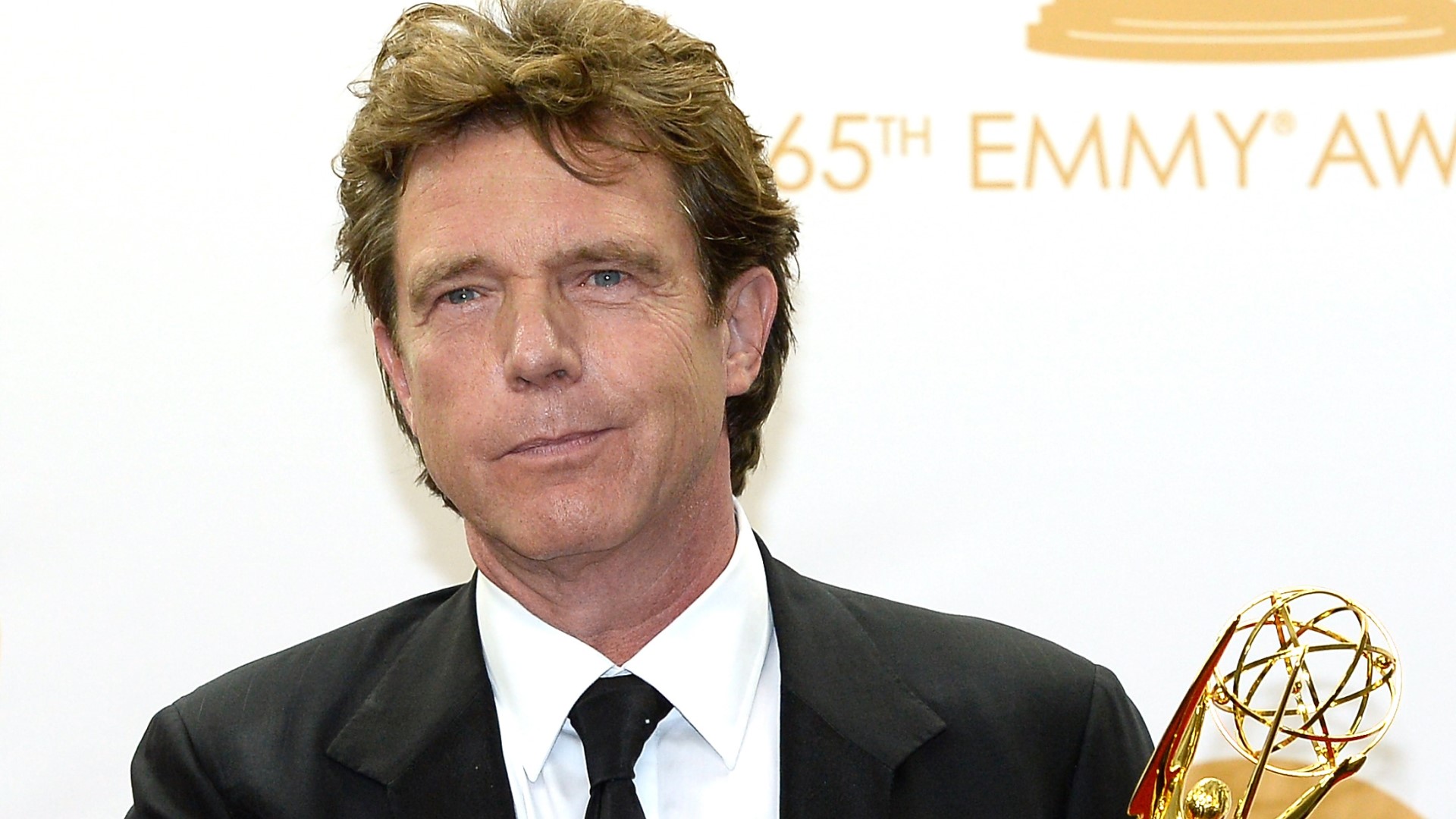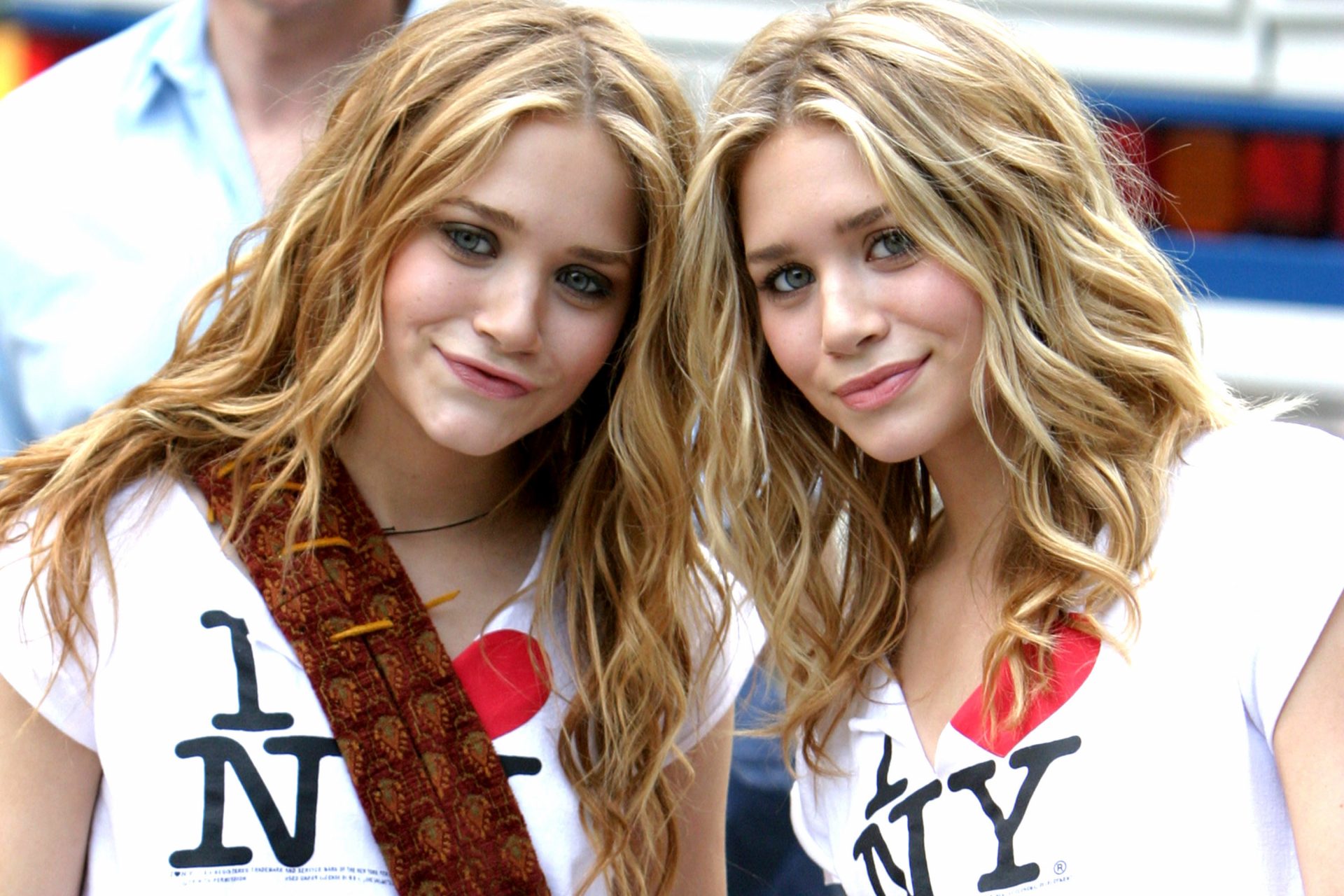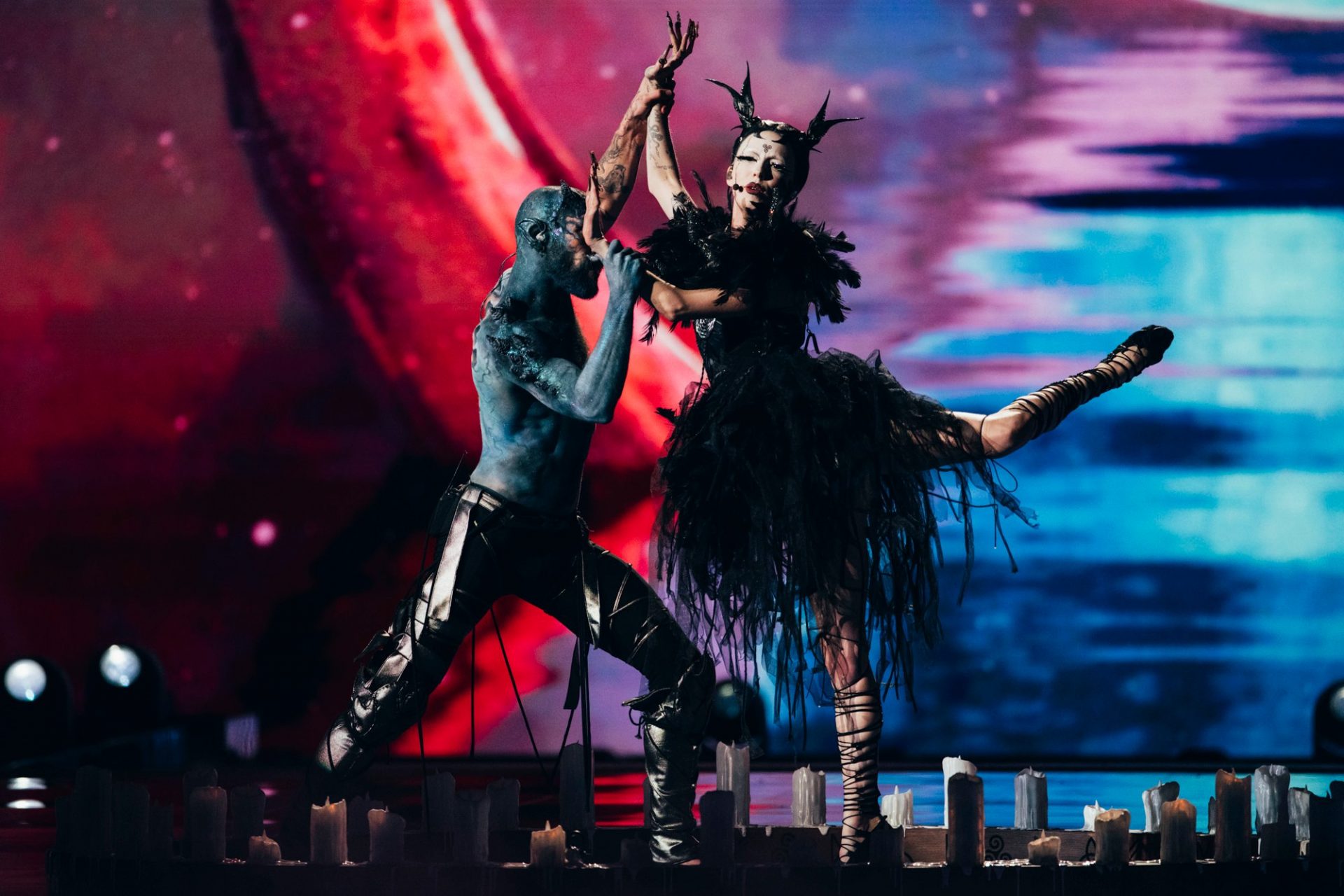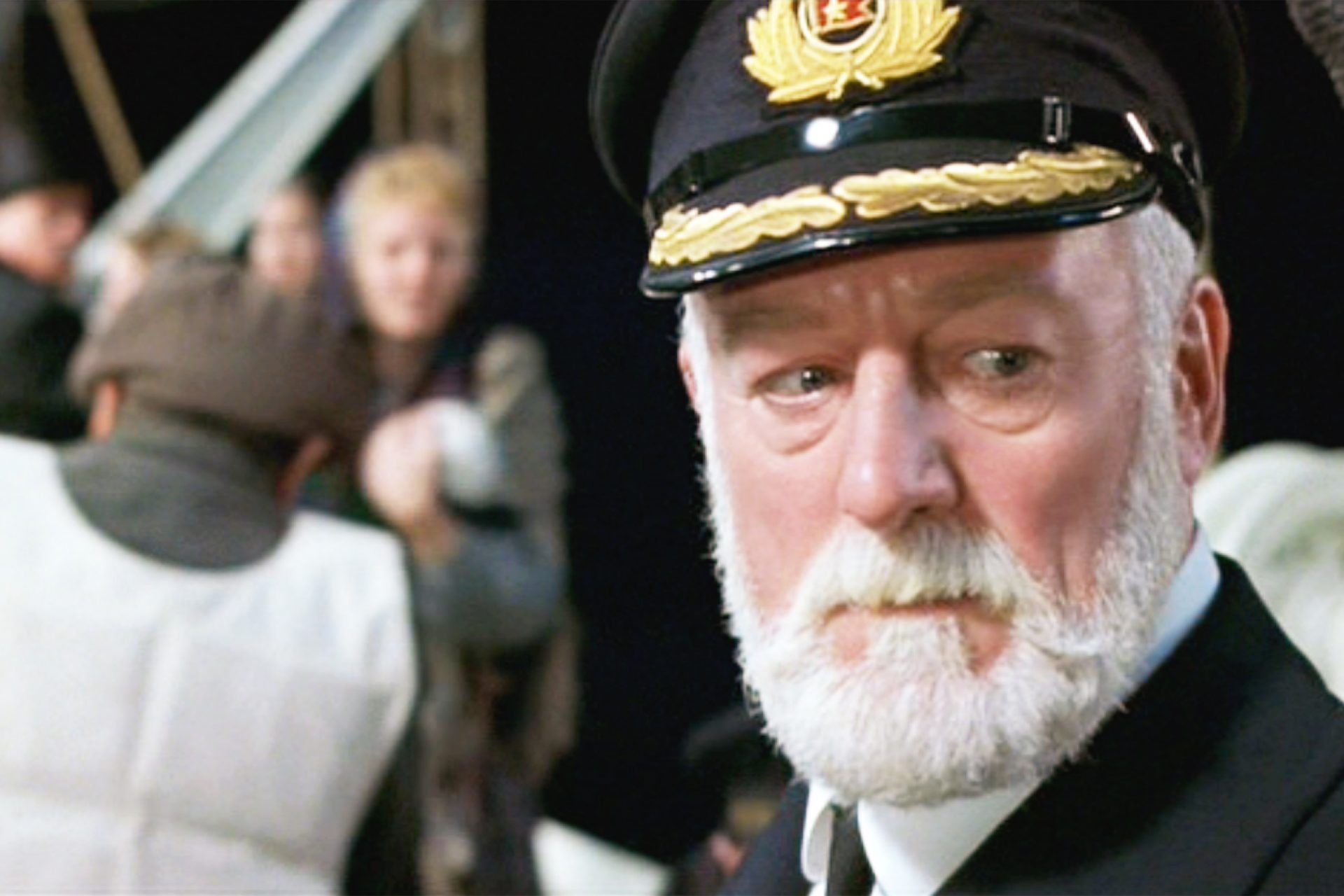Heroes from Holland: these people from The Netherlands changed the world
Over the centuries, historical figures from the Netherlands have left their mark on world history. These extraordinary individuals have contributed to various fields such as politics, art, science, and exploration. From world-famous painters such as Rembrandt van Rijn and Vincent van Gogh to prominent statesmen and political philosophers like such Hugo Grotius, Spinoza, and Erasmus
From world-famous painters such as Rembrandt van Rijn and Vincent van Gogh to prominent statesmen and political philosophers like Hugo Grotius and Erasmus, people from the small country of The Netherlands have changed the world quite a bit.
Let's have a look at some of these notable figures and the positive and negative impact they have had on world history.
Vincent van Gogh, born in 1853 in Zundert, is one of the greatest and most productive painters of the nineteenth century. Although his career lasted only ten years, he left a lasting impact. Van Gogh is recognized as one of the pioneers of Post-Impressionism and has inspired many artists.
Anneliese Marie Frank was born in 1929 in Frankfurt am Main and settled in the Netherlands in 1934, a year after Adolf Hitler's takeover. Many of the details of life in the Secret Annex are known to us thanks to the detailed notes that Anne carefully recorded in her diary.
Hugo Grotius (or Hugo de Groot, as the Dutch know him) wrote some of the foundational texts on international law at the time of European warfare involving the Low Countries.
Image: Michiel Jansz van Miereveldt / Wikimedia
Together with Rembrandt and Van Gogh, is one of the best-known and most influential artists from The Netherlands. His inique choice of colors and the realism in paintings like 'The Milk Maid' and 'Girl with a Pearl Earring' (image), have fascinated people all over the world.
OkHe only recently passed away im 2020, but long before that, he'd become an important figure in international rock music. Van Halen, the band of the hit song 'Jump!', is know around the world.
Jan van der Heyden, born on March 5, 1637, in Gorinchem, was a Dutch painter and inventor, He is also called the Dutch Leonardo Da Vinci. In 1685 he founded a fire brigade organization. Thanks to his inventions, cities became safer and people could see better on the streets at night. He contributed to the development of modern urban infrastructure.
Rembrandt van Rijn was a famous Dutch painter of the 17th century, also known as the Golden Age of Dutch art. He made beautiful paintings, such as the 'Night Watch'. His use of light and shadow gave his works a lively and dramatic appearance. Rembrandt is considered one of the greatest artists of all time.
Photo: Dulwich Picture Gallery
Johan was born in Amsterdam, near the Ajax stadium in the east of the city, in 1947. He lived more than half of his 66-year life in Barcelona, according to The New York Times. He was known for his technique, vision, and clever play. Cruijff developed total football, a playing style in which players can move freely and change positions. He also founded his own charity organization, the Cruyff Foundation.
Anthony Fokker designed and produced aircraft such as the Fokker D.VII. This aircraft was very successful during the First World War. Fokker's innovative techniques and designs contributed to the development of the aviation industry.
As a privateer in the 80 Years War of Spain and The Netherlands, Piet Hein caused a serious blow to the Spanish treasury by capturing the Silver Fleet. With the approval of the Dutch state, he attacked Spanish trading ships and contributed to the course of the war. Piet Hein also worked with other pirates, such as the infamous Moses Cohen Henriques, who was known for his ruthless character.
Image: Rijksmuseum, public domain / Wikimedia
Throughout his life, the artist Piet Mondriaan was in search of the perfect composition, ultimately arriving at works with straight lines, rectangles, and primary colors. He also immersed himself in a universal religious philosophy and, together with Theo van Doesburg, was an important figure in the abstract art movement.
Photo: Roses Street / Pixabay
Maurits Cornelis Escher was born on June 17, 1898, in the Princessehof in Leeuwarden. He started at the School of Architecture and Decorative Arts in Haarlem in 1919. Escher finds inspiration in Italy and creates almost half of his works there. Escher's work showed that art does not always have to comply with the normal rules of reality, according to npokennis.nl.
When New York was just the small New Amsterdam, and the British hadn't taken control of it yet, Peter Stuyvenant made enormous headway as its director-general to elevate the settlement within the American colonies. His practices vis a vis lower-class workers and people of color would be controversia over time, but he remains a figure with much impact in world history.
Image: Wikimedia
This explorer sailed to the Dutch Indies and eventually reached the land that is now called Tasmania (image). He also 'discovered' New Zealand, which is, in fact, named after a Dutch province, Zeeland.
Nowadays, European students know his name for the study abroad grants, but in his time, the philosopher and theologian was in contact with Martin Luther and played a role in the Reformation.
Image: public domein Wikimedia
This exotic dancer turned out to be a double spy during World War I. During her dates with German or French army men, she managed to uncover military secrets from both sides.
Image: Public Domain / Wikimedia
He brought Dutch beer to the world, using new marketing methods and a lot of perseverence. Now, everywhere you can order a bottle of Heineken, wherever you are.
To this man, the world owes the reality and talent shows 'Big Brother' and 'The Voice,' amomg others. He is a media mogul and one of the richest people in The Netherlands.


